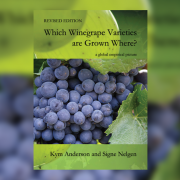
This unique global compendium, first database of grape varieties across the world, was established by Kym Anderson and Signe Nelgen and published by “University of Adelaide Press” in December 2013.
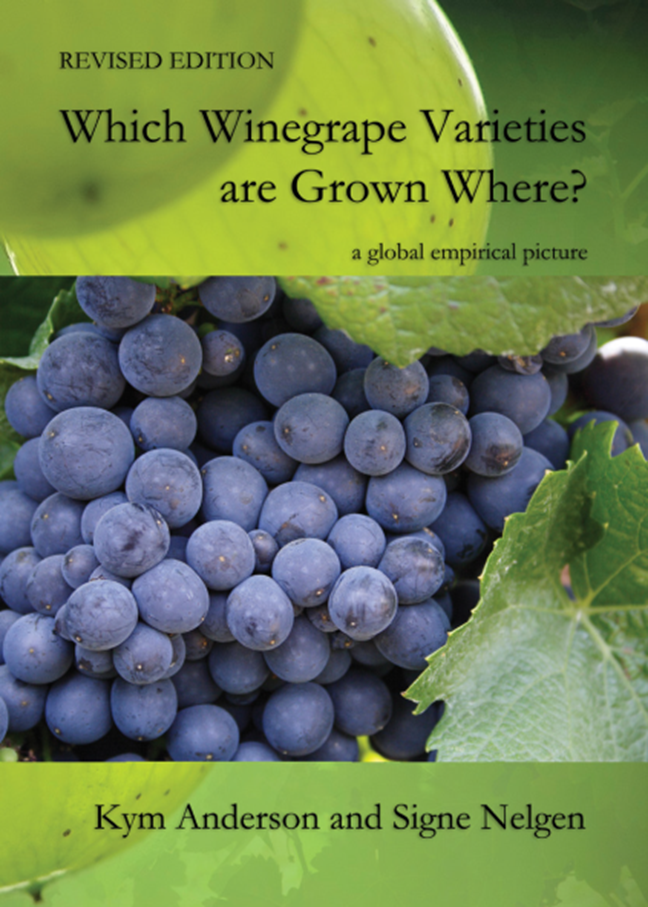
The Honorary President of the OIV Peter Hayes wrote about the book awarded in 2014 (OIV Award in the Viticulture category), that in addition to the density of data the publication can offer:
“This volume captures the longer-term and recent evolution of the varietal mix and balance within the global wine sector.
Its systematic treatment and correlation of varieties to a consistent identity/nomenclature together with the introductory analysis and commentary provides an excellent basis from which to review the diverse, comprehensive coverage of planted areas by country, region and variety.
It will no doubt be of considerable value to researchers, students and those planning future investment in the vineyard base for the sector.”
No doubt remains today as to the value of these enriched and updated statistical data. The reader will find answers to many questions relating to grape varieties: from the most cultivated to the less known, local, modest or forgotten, and will find at the same time a lot of information including on the changing trends in consumer behavior.
Free online access here
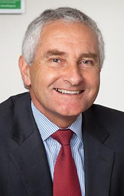

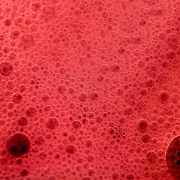
This regulatory amendment had been notified to the SPS Committee of the WTO at the end of 2020.
In particular, it concerns ammonium hydrogen sulfite, chitin-glucan, dipotassium DL-tartrate and polyvinylimidazole-polyvinylpyrrolidone (PVI-PVP) copolymer.
The ministerial order also stipulates the corresponding specifications for these four additives.
Used to improve the clarification and stability of wines, these additives – along with their monographs – have already been approved by the OIV for several years. With this new decision, Japan acknowledges the OIV’s scientific and technical work in oenological practices and specifications of oenological products.
The decision by the Japanese government is yet another example of the importance of the OIV’s work in the international harmonisation of existing practices and standards. This work is crucial to improving the conditions under which vitivinicultural products are produced and marketed, and for taking consumers’ interests into consideration.

Sources
- MHLW Amendment _202001015 (in Japanese)
- Ministerial Order No.3 (in Japanese)
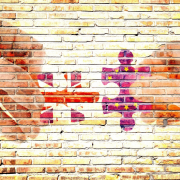
Today, it can be said that the solid foundations of harmonisation provided by the work of the OIV have enabled the sector to ensure a safe BREXIT.
Let us take a detailed look at how the OIV standards are recognised in the new agreement. From the outset, Article 2 of Appendix 5-TBT "Wine Trade" refers to oenological practices recommended and published by the OIV as the only relevant international standards.
The methods of analysis developed and published by the OIV are recognised in Article 3 of the same Appendix as reference methods for determining the analytical composition of wines in control operations.
The strength of the multilateral acquis and the confidence in the rules of the OIV have certainly helped to ensure unfettered trade. Wines will not need a VI-1 certificate like wines from other non-European countries. A self-report certificate will be allowed. The OIV also welcomes the absence of tariffs on wines.
It is now necessary to go further in simplifying administrative procedures and to speed up the implementation of electronic exchanges of administrative documents. The OIV hopes that the UK will actively participate in the discussion on e-certificate initiated at the OIV at Brazil's request.
In the context of BREXIT and all the changes it entails or will involve for the international wine trade, the involvement of as many countries as possible in multilateral discussions seems to be paramount for the sector.
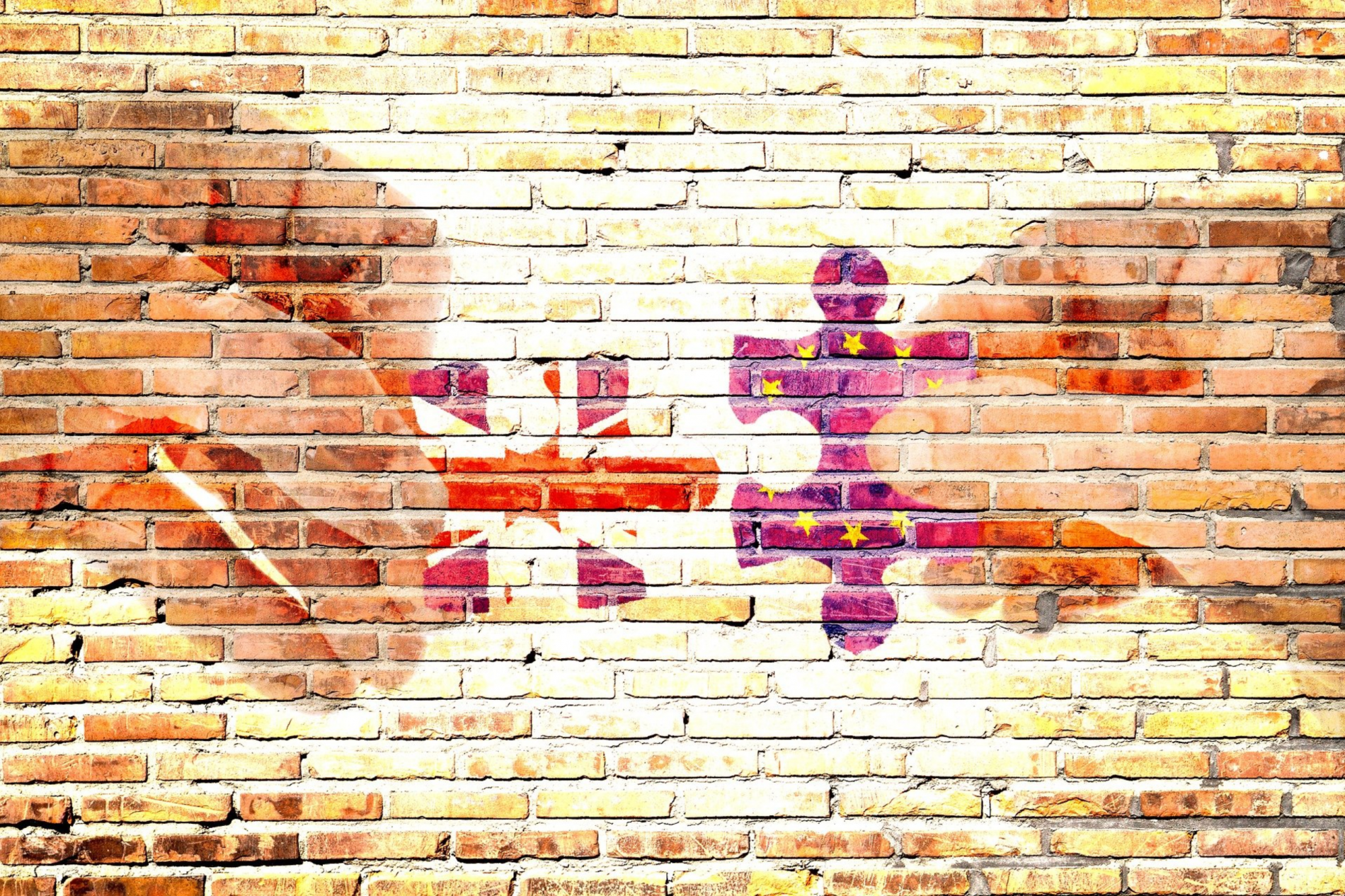
The United Kingdom joined the OIV on 1st of January 2021 and became the 48th member of the Organisation. This membership greatly broadens the representativeness of the Organisation: OIV members now produce 85% of the world's wine and have a 70% share (up 5%) global consumption.